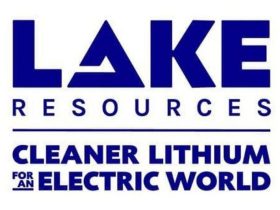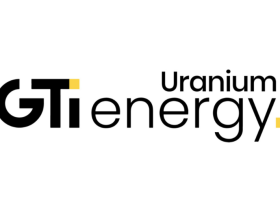Zinc reached unprecedented levels in 2022, breaking the US$4,500 per metric ton (MT) mark, but prices have almost halved since then, with weaker demand and macroeconomic factors hurting the base metal’s performance.
How did zinc prices perform in H1 2023?
At the end of last year, analysts were expecting zinc to remain around the US$3,000 level, and prices lived up to their expectations throughout the first three months of the year.
Zinc’s price performance in H1 2023.
Chart via the London Metal Exchange.
Zinc prices hit their highest level of the year on January 26, trading at US$3,486.50. But the base metal was put under pressure as the year progressed, ending the first half of 2023 trading at US$2,388 — down around 20 percent.
“Prices averaged lower in June following a slump in late May. That said, prices trended up throughout June amid supply constraints and slightly improved demand conditions in China,” analysts at FocusEconomics said in their latest report. “On the supply front, the closure of an Irish mine due to financial losses also supported prices.”
“Inflationary pressures and a weak recovery in China have dented confidence and constrained zinc demand,” O’Cleary said. “We did not expect zinc’s price to fall low enough to force mine closures this year.”
Similarly, Jonathan Leng of Wood Mackenzie said zinc prices have surprised a little to the downside this year.
What is the zinc supply and demand forecast for 2023?
One of the main trends impacting the zinc market so far this year has been macroeconomic news.
For Leng, expectations that smelter production will return to normal and result in increased stocks of refined zinc have also impacted the sector. “However, rest-of-world smelter production has not fully recovered, and stocks of refined zinc remain low by historical standards,” he added.
But the biggest surprise so far this year has been the closure of Europe’s largest zinc mine, Boliden’s (STO:BOL) Tara in Ireland, which last year produced 103,000 MT of zinc in concentrate.
“For supply, the main change to our forecast this year has been the pushing back of the assumed restart of Nordenham and closure of Portovesme,” Leng said. “For mines, we have downgraded a number of mines’ forecasts after flooding and other events, especially in Peru and Australia, and of course the recent suspensions of Tara and Penasquito.”
Looking at upcoming supply, CRU has identified over 20 mines accounting for 900,000 MT of production in 2023 where all-in sustaining costs are higher than US$2,400. “This suggests we could see more mine closures this year,” O’Cleary said.
For his part, Leng pointed to increasing cost inflation for mines in recent years, saying that treatment charges also increasing. “But there has been a little relief from the strengthening US dollar, making locally denominated costs lower,” he said. “With zinc mines tending to be resilient, we are unlikely to see many mines close unless the price cuts deeper into the cost curve to well below the US$2,000 level.”
When asked about how demand will perform for the rest of the year, Leng said there will be a gradual improvement in the second half of the year in China. “However, it will not boom as the stimulus measures there are designed to stabilize the economy, rather than drive a surge in growth,” he said.
Global zinc demand is expected to remain weak in H2 and flat year-on-year in 2023, according to CRU data.
“Chinese demand should improve in the coming months, but will only partially recover last year’s losses,” O’Cleary said.
CRU’s January forecast was for a balanced refined market and surplus in the concentrate market this year. “We are now forecasting a 140,000 tonne refined surplus and a 30,000 tonne concentrate deficit,” O’Cleary said.
Meanwhile, Wood Mackenzie is expecting the refined market to return to surplus, given steady smelter production growth.
“The changes to our demand outlook have been largely downward with significant downgrades in Asia, where export-led economies have been hit by the slowdown in Europe and North America and the weak recovery in China,” Leng said.
What’s ahead for zinc prices in 2023?
As the second half of the year begins, CRU sees zinc prices remaining in the low- to mid-US$2,000s on the back of a stronger US dollar and ongoing lack of investor interest. “New stimulus from China could help investors to view commodities more favorably, but the impact on demand growth might not be felt until next year,” O’Cleary said.
With macroeconomic uncertainty showing little sign of dissipating, Wood Mackenzie expects investor sentiment to remain generally negative towards commodities.
“(We) would expect the zinc price to trade sideways,” Leng said. “However, the reduction of recessionary fears and improved sentiment against a backdrop of still-low metal stocks should see the price strengthen in the final months of the year.”
Meanwhile, FocusEconomics analysts see prices increasing in the coming quarters.
“On the demand side, the health of China’s economy is the key factor to monitor, with the prospect of additional stimulus posing an upside risk,” they said. “Supply-wise, lower energy prices relative to last year’s highs are set to support zinc smelters, buttressing the supply of the metal.”
Panelists recently polled by the firm see prices averaging US$2,525 in Q4 2023 and US$2,714 in Q4 2024.
Securities Disclosure: I, Priscila Barrera, hold no direct investment interest in any company mentioned in this article.





